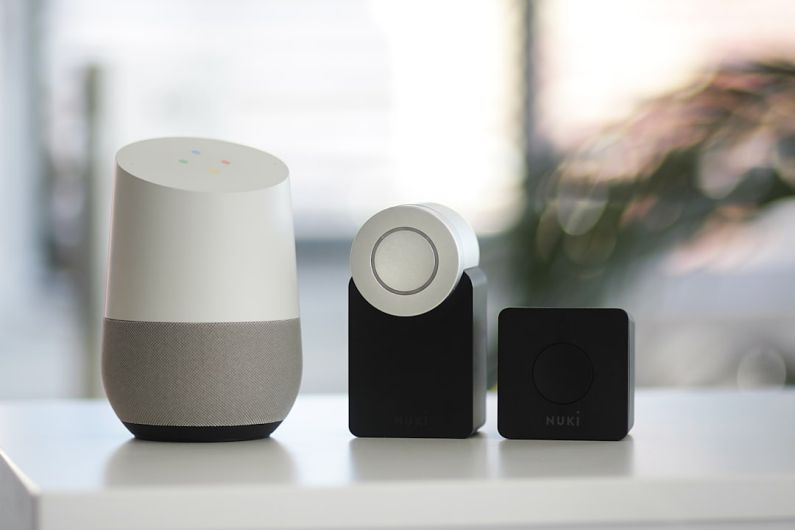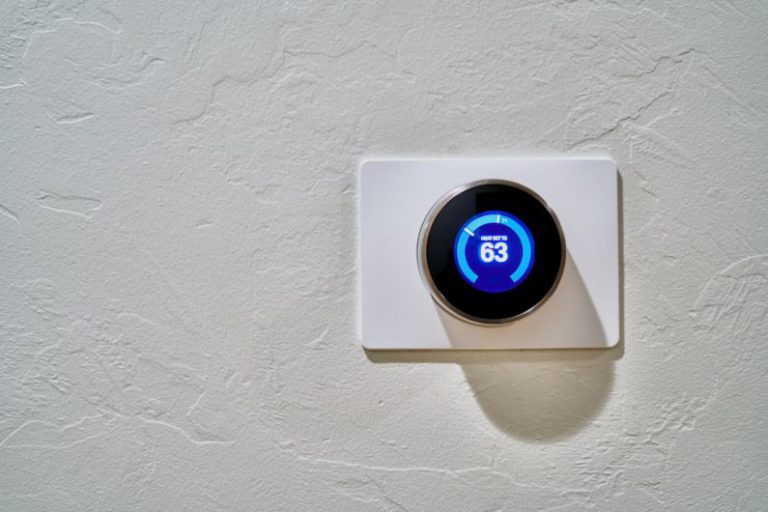How to Troubleshoot Common Smart Home Connectivity Issues?
In today’s world, smart home devices have become an integral part of our daily lives. From smart thermostats and security cameras to voice-activated assistants, these devices have made our lives more convenient and efficient. However, like any technology, smart home devices can sometimes experience connectivity issues that hinder their functionality. In this article, we will explore some common smart home connectivity issues and provide troubleshooting tips to help you resolve them quickly and easily.
Wi-Fi Connectivity Issues
One of the most common connectivity issues faced by smart home devices is Wi-Fi connectivity problems. If your device is unable to connect to your Wi-Fi network or experiences intermittent connection drops, there are a few steps you can take to troubleshoot the issue.
1. Check your Wi-Fi signal strength: Ensure that your smart home device is within range of your Wi-Fi router. Thick walls and other obstacles can weaken the signal strength. Consider relocating your router or using Wi-Fi extenders to improve coverage.
2. Restart your router: Sometimes, a simple restart can resolve connectivity issues. Turn off your router, wait for a few seconds, and then turn it back on. This will refresh the network settings and may resolve any temporary issues.
3. Update router firmware: Outdated router firmware can cause compatibility issues with smart home devices. Check the manufacturer’s website for firmware updates and install them if available.
Device Compatibility Issues
Another common issue is device compatibility. Not all smart home devices are compatible with each other or with your home’s network. If you are experiencing connectivity issues with a specific device, consider the following troubleshooting steps.
1. Check device compatibility: Ensure that the device you are trying to connect is compatible with your home network and other smart home devices. Check the manufacturer’s website or user manual for compatibility information.
2. Restart the device: Sometimes, a simple restart can resolve compatibility issues. Turn off the device, wait for a few seconds, and then turn it back on.
3. Reset the device: If restarting doesn’t solve the problem, try resetting the device to its factory settings. This will erase any previous configurations and allow you to start fresh.
Smart Home Hub Issues
If you have a smart home hub that acts as a central control for all your smart devices, issues with the hub can affect the connectivity of all the devices connected to it. Here are some troubleshooting tips for smart home hub issues.
1. Power cycle the hub: Disconnect the hub from power, wait for a few seconds, and then reconnect it. This can often resolve temporary issues with the hub.
2. Check hub firmware updates: Like routers, smart home hubs also receive firmware updates to improve performance and compatibility. Check the manufacturer’s website for updates and install them if available.
3. Remove and re-add devices: If you are experiencing connectivity issues with specific devices connected to the hub, try removing them and re-adding them. This can help refresh the configuration and establish a stable connection.
In conclusion, while smart home devices offer numerous benefits, they can sometimes experience connectivity issues that can be frustrating. By following the troubleshooting tips mentioned in this article, you can quickly resolve common smart home connectivity issues and enjoy the seamless functionality of your devices. Remember to check for compatibility, update firmware, and ensure a strong Wi-Fi signal for optimal performance.






